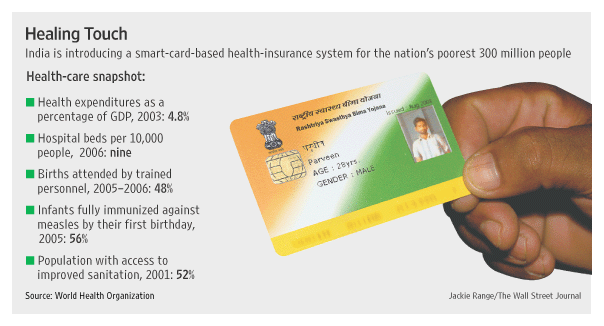Why Healthcare Can Be Challenging in the U.S.
Healthcare is a fundamental necessity, yet for many Americans, it remains a challenge to access and afford quality medical services. The high costs associated with healthcare often deter individuals and families, particularly those with limited financial means, from seeking necessary medical attention. The disparities in healthcare access have long been a concern in the United States, prompting the need for transformative solutions.
What is Medicare and Medicaid, and How They Help
Medicare and Medicaid have been critical pillars of the American healthcare system, providing essential healthcare services to specific demographics. Medicare primarily serves seniors and some individuals with disabilities, ensuring they have access to healthcare coverage. On the other hand, Medicaid caters to low-income individuals and families, assisting them in covering healthcare costs that might otherwise be burdensome.
Introducing the New $1,400 Monthly Health Card Benefit and What It Means for You
In light of the persistent healthcare challenges faced by low-income Americans, a new solution is on the horizon—the $1,400 monthly health card benefit. This initiative aims to bridge the gap in healthcare accessibility and affordability, particularly for individuals earning less than $5,000 per month. Let’s explore how this health card benefit could revolutionize healthcare for millions of Americans struggling to make ends meet.
What’s the Deal with Medicare and Medicaid?
Medicare: Health Support for Seniors and Some with Disabilities
Medicare is a federal health insurance program primarily designed for Americans aged 65 and older, as well as certain younger individuals with disabilities. It consists of various parts, including hospital insurance (Part A), medical insurance (Part B), and prescription drug coverage (Part D). Medicare provides a safety net for older citizens, ensuring they can access essential healthcare services without facing exorbitant costs.
Medicaid: Helping Those Who Don’t Have a Lot of Money for Healthcare
Medicaid, on the other hand, is a joint federal and state program that offers health coverage to low-income individuals and families. The program provides a wide range of services, including doctor visits, hospital stays, prescription drugs, and more. It is a crucial lifeline for individuals who may not have the financial means to afford private health insurance, ensuring they receive the necessary medical care.
How These Programs Have Been Helping People with Healthcare
Medicare and Medicaid have been instrumental in improving healthcare access and outcomes for their respective beneficiary groups. These programs have significantly reduced the financial burden on seniors and low-income individuals, making healthcare more attainable. However, gaps and limitations persist, prompting the need for additional measures to ensure comprehensive and accessible healthcare for all.
The $1,400 Monthly Health Card Benefit: A Closer Look
What Exactly Is This Health Card Benefit and How Can It Help You?
Who Can Get This Benefit? If You Make Less Than $5,000 a Month, You’re In!
To ensure the benefit reaches those who need it most, the eligibility criteria are set for individuals earning less than $5,000 per month. This income threshold is strategically chosen to target low-income individuals and families, offering them vital financial assistance to alleviate healthcare costs and improve overall well-being.
How Is It Different from Medicare and Medicaid?
While Medicare and Medicaid target specific demographics, the $1,400 health card benefit is a broader initiative aimed at directly addressing the financial challenges faced by low-income Americans in accessing healthcare. Unlike Medicare and Medicaid, which involve intricate application processes and specific services, the health card benefit provides a simple and flexible solution for covering a wide range of healthcare needs.

